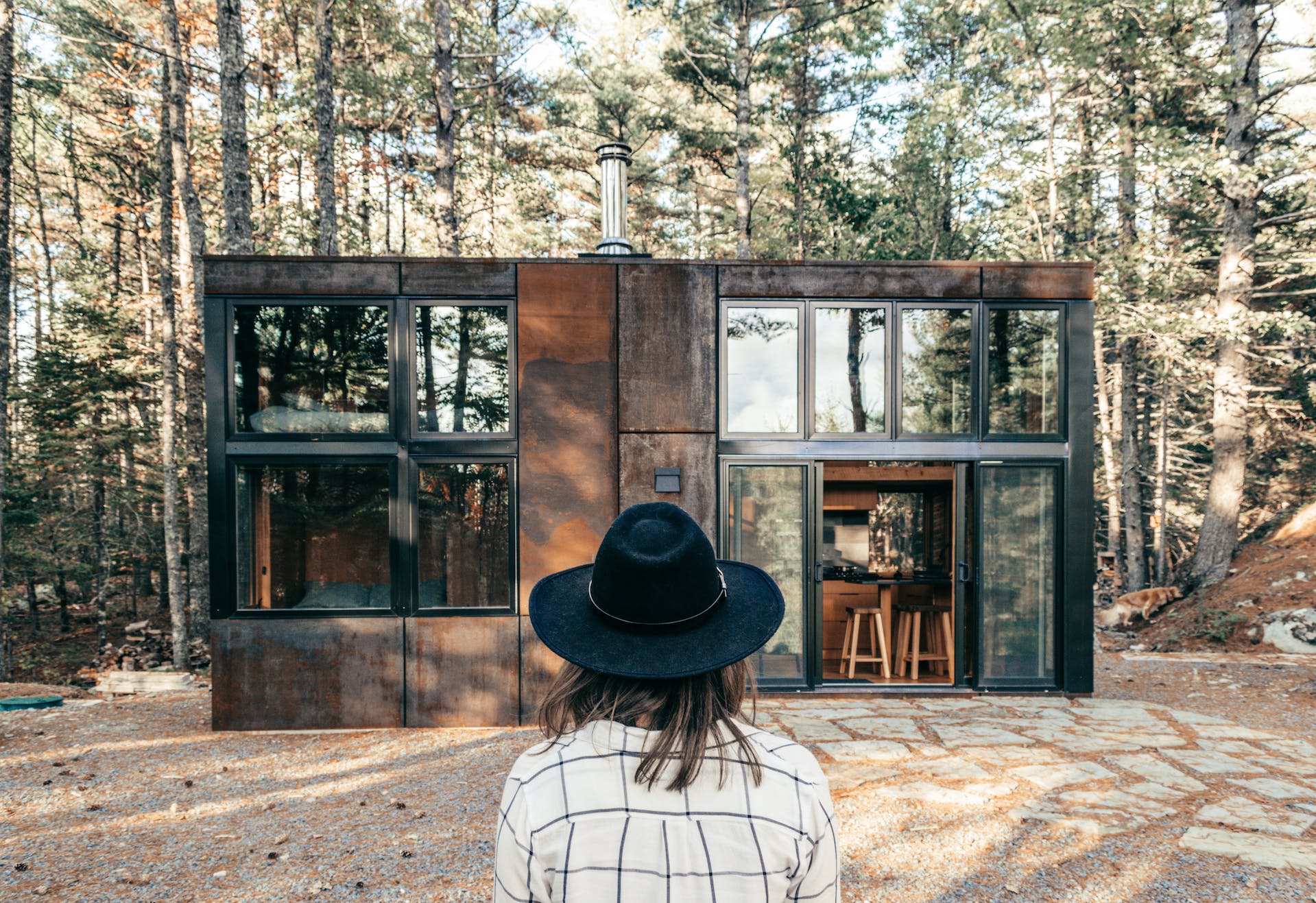

Question: What to Do First When Downsizing?
Answer: What you should first when downsizing is measure your new space and create a floor plan. This crucial step determines exactly what furniture will fit, providing a clear roadmap for your entire decluttering process and guiding decisions on what to keep, sell, or donate.
Your First Steps to a Simpler Life Through Downsizing
You may be thinking about downsizing your home. This change often brings a simpler, more manageable lifestyle. Many people wonder what to do first when downsizing. The process feels large, but it becomes simple with a clear plan. The initial steps do not involve packing boxes or calling movers. Instead, they focus on careful planning and personal reflection. A successful downsize starts long before your house goes on the market.
This journey begins with you. You need to understand your reasons for moving and what you want from your next chapter. This article shows you the first, most important actions to take. We will explore how to define your new life, understand your finances, and create a practical schedule. You will learn how to sort through your possessions and find the perfect new community. Following these steps ensures your transition is smooth, organized, and exciting.
Visualize Your Ideal Future
Before you look at property listings, you must define your new lifestyle goals. Downsizing is more than moving into a smaller space. It is an opportunity to design a life that fits your current needs and future desires. Ask yourself important questions. What will you do with the time you save on home maintenance? Do you dream of travelling more, pursuing a new hobby, or spending more quality time with family? Your answers will shape your housing decisions.
If you plan to travel often, a condominium with enhanced security and no yard work might be perfect. If a passion for gardening is central to your life, a smaller house with a manageable garden plot is a better choice. Perhaps you want to be part of a vibrant community. In that case, you should look for neighbourhoods with active community centres and social groups. Clearly defining your lifestyle goals first makes every other decision easier. It provides a clear vision that guides your entire downsizing journey.
Click here for more information on downsizing homes for sale
Related Article: Does Downsizing Actually Save Money?
Related Article: What Not to do When Downsizing?
Establish a Clear Schedule
A realistic timeline transforms the downsizing process from an overwhelming task into a series of manageable steps. Creating a schedule early on prevents last-minute rushes and reduces stress. A well-paced plan gives you the time to make thoughtful decisions instead of hurried ones. You can break down your downsizing journey into three distinct phases. Each phase has its own set of tasks and a flexible time frame, which helps you stay organized and in control of the entire process.
The first phase is planning, which can take one to three months. During this time, you will define your goals, review your finances, and start researching new neighbourhoods. The second phase is preparation, which typically lasts two to four months. This is when you will declutter your home, make any necessary repairs, and prepare your house for sale. The final phase is the move itself, which takes about one to two months. This period covers listing your home, finding your new place, and coordinating the legal and physical aspects of moving. This structured approach ensures a smoother transition to your new life.
Sort Through Your Belongings
Decluttering is one of the most important and liberating parts of downsizing. You have likely accumulated many possessions over the years. Going through them requires time and a clear strategy. Start this process early to avoid feeling rushed. Think of it as curating your life, keeping only the items that are useful, beautiful, or hold deep sentimental value. This intentional approach makes your new, smaller space feel open and comfortable from the moment you move in.
A simple and effective technique is the four-box method. As you go through each room, use four boxes labelled: Keep, Donate, Sell, and Discard. This system forces you to make a decision about every single item. Tackle one room or even one small area at a time to stay motivated. Measure your larger furniture pieces and compare them to the floor plan of your potential new home. This practical step prevents you from moving a beloved sofa that simply will not fit. Sorting through your belongings is a physical task with a powerful emotional benefit. It helps you let go of the past and embrace your future.
Explore Potential Neighbourhoods
The right neighbourhood is just as important as the right house. Your new community will be the backdrop for your downsized lifestyle, so it needs to match your vision. Before you fall in love with a property, spend time exploring the areas where you might want to live. Your daily routines and overall happiness depend heavily on your surroundings. Researching neighbourhoods helps you find a place that supports your health, social life, and day-to-day convenience.
Create a checklist of what you need in a community. Consider your priorities.
-
Proximity to Loved Ones
How close do you want to be to family and friends?
-
Access to Healthcare
Are doctors, clinics, and hospitals nearby?
-
Transportation Options
Is the area walkable? Is there reliable public transit?
-
Local Amenities
Check for grocery stores, parks, libraries, and community centres.
Once you have a shortlist, visit these places at different times of the day and week. A quiet street on a Tuesday morning might be very different on a Friday night. This research ensures your new neighbourhood truly feels like home.
Build Your Support Network
You do not have to manage the downsizing process alone. Assembling a team of trusted professionals provides you with expertise and support every step of the way. These experts handle the technical details, allowing you to focus on the personal aspects of your move. Choosing the right people for your team is a crucial first step that can save you time, money, and stress. Each professional plays a unique role in ensuring your transition is as smooth and successful as possible.
Your team should include a few key members. A real estate agent with specific experience in downsizing understands the unique emotional and logistical needs of this type of move. A real estate lawyer will handle all the legal paperwork for both your sale and purchase. A financial advisor can help you manage the proceeds from your sale and plan for your future. You might also consider hiring professional organizers to help with decluttering or reputable movers to handle your belongings with care. Interview several candidates for each role to find people you trust and feel comfortable working with.
Conclusion
When you decide to downsize, your first actions set the stage for the entire process. The answer to “what to do first when downsizing?” lies in thoughtful preparation. You begin not by packing, but by planning. Start by creating a clear vision for the lifestyle you desire. This vision acts as your guide for every subsequent decision. Next, you must gain a complete understanding of your financial situation to move forward with confidence. A detailed budget prevents surprises and keeps you in control.
With your goals and finances clear, you can build a realistic timeline. This schedule breaks the journey into manageable parts. Then, the practical work of decluttering begins, creating physical and mental space for your new life. You will research communities to find a neighbourhood that truly fits you. Finally, you assemble a team of skilled professionals to support you. These initial steps ensure your move is a positive and empowering step toward a simpler, more fulfilling future. [ 1 ]
References
1. https://www.budgetdumpster.com/blog/downsizing-tips-for-smaller-home/


